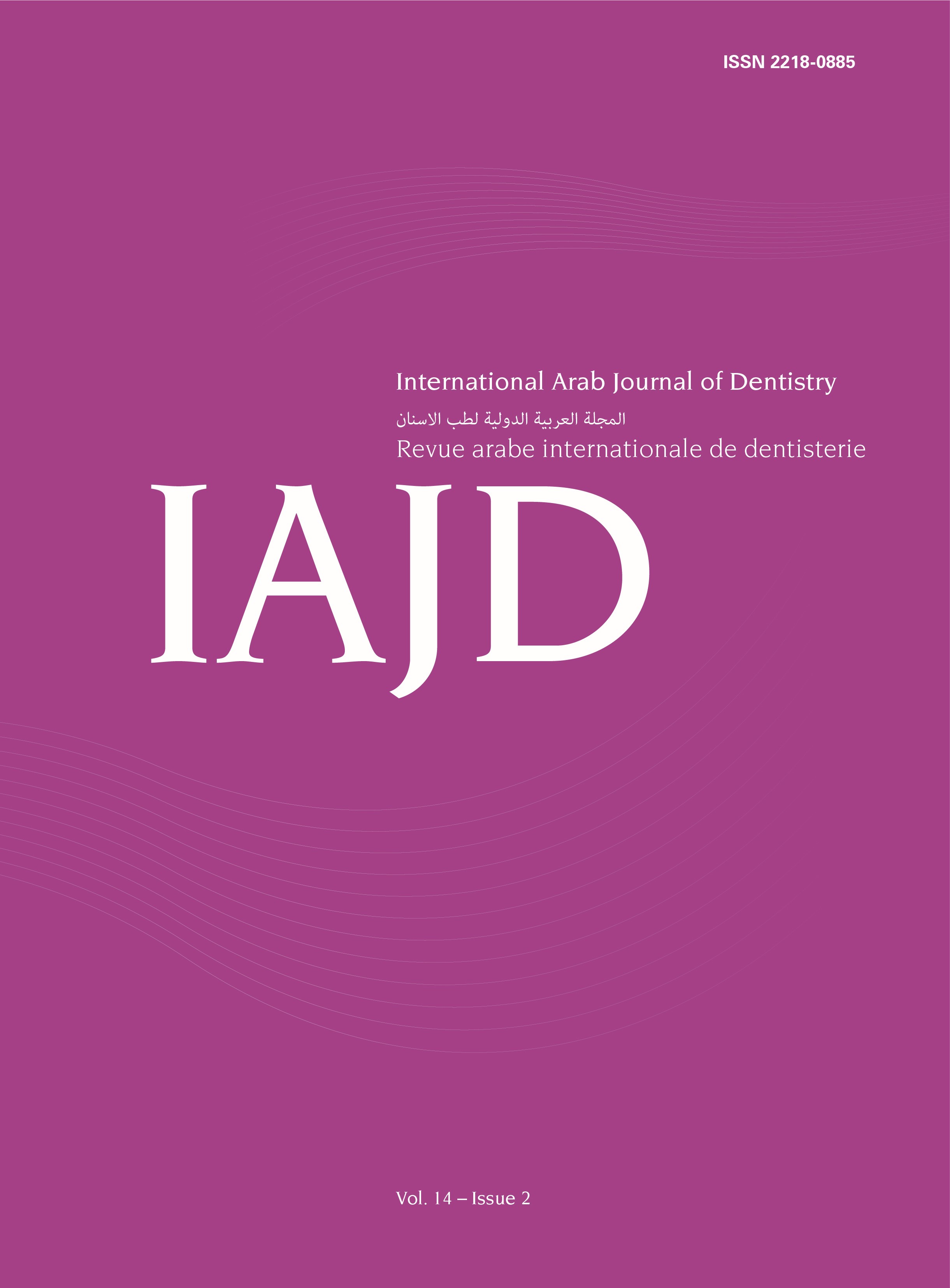Abstract
Introduction: Glass ionomer cements (GICs) are commonly used for restorations in primary molars due to their adhesive, hydrophilic, and bioactive properties. However, their low mechanical resistance may limit their use in proximal cavities. Recent advancements in GICs, such as the high viscosity GIC EQUIA Forte®, have improved their mechanical properties. The effect of a Cavo superficial bevel on the mechanical strength of GIC restorations has been previously studied.
Objectives: To investigate the effect of a Cavo superficial bevel on fracture resistance and the type of fracture (adhesive, cohesive, or catastrophic) in EQUIA Forte® GIC restorations in primary molars.
Methods: A total of 66 standardized proximal cavities were created on 51 temporary molars. The cavities were randomly divided into two groups: group I without a Cavo superficial bevel (n=33) and group II with a 45° Cavo superficial bevel (n=33). The cavities were restored with EQUIA Forte®. The samples were subjected to thermocycling and artificial aging, then, an axial speed loading of 1 mm/min was applied until fracture. Fracture toughness was recorded, and the type of fracture was observed under an optical microscope. A Mann-Whitney U test was used to compare the average fracture resistance between the groups. All tests were two-tailed and the level of significance was set at 5%.
Results: The average fracture resistance for group I was (237.57 ± 139.97 N) and for group II was (294.89 ± 171.07 N). There was no statistically significant difference in fracture resistance between the two groups (p>0.05). Mixed fractures were observed in all samples, with adhesive fractures only present in group I and cohesive fractures only present in group II.
Conclusions: The Cavo superficial bevel does not significantly affect the fracture resistance of GIC resto rations in primary molars. However, the bevel design may prevent adhesive and catastrophic fractures.

